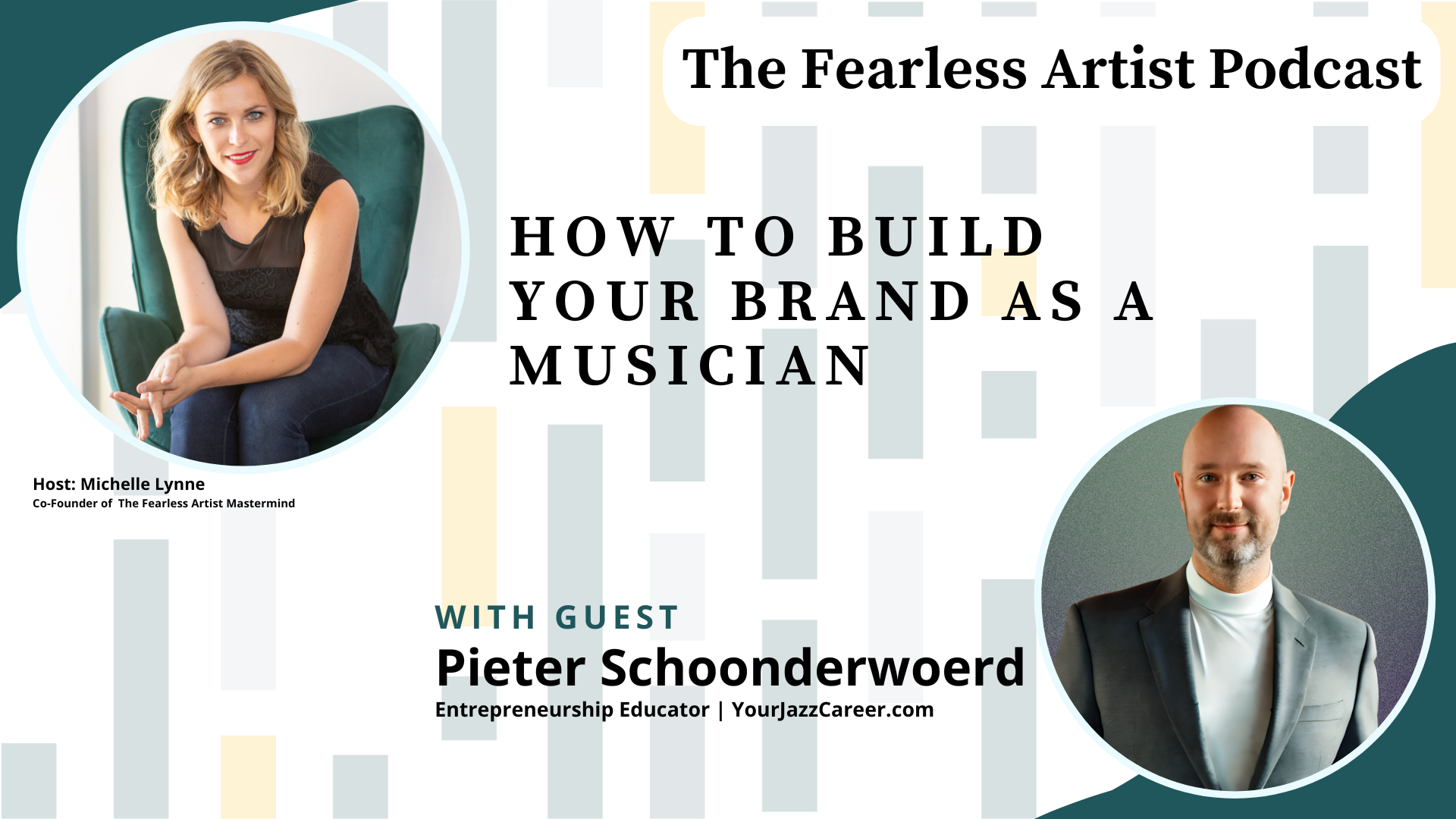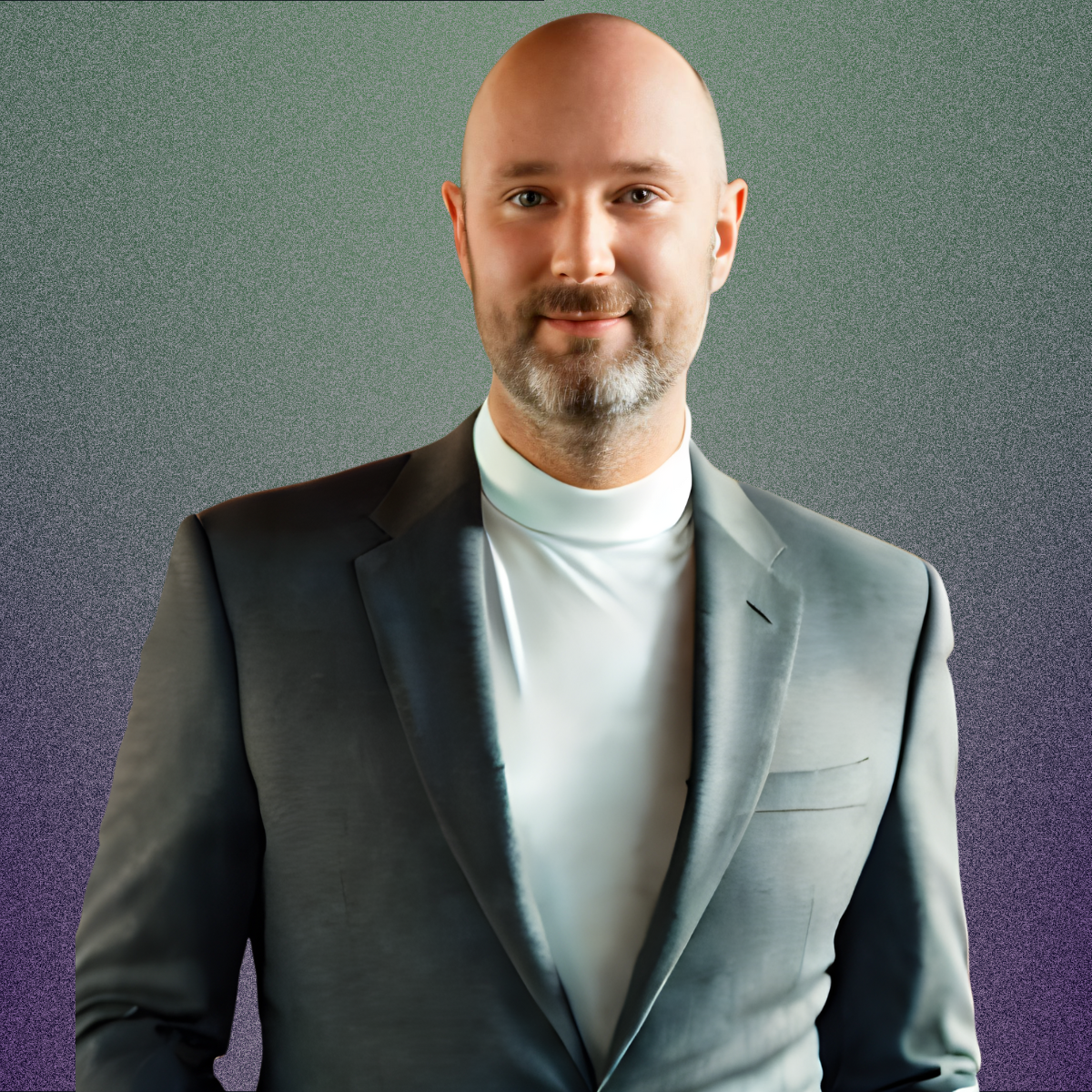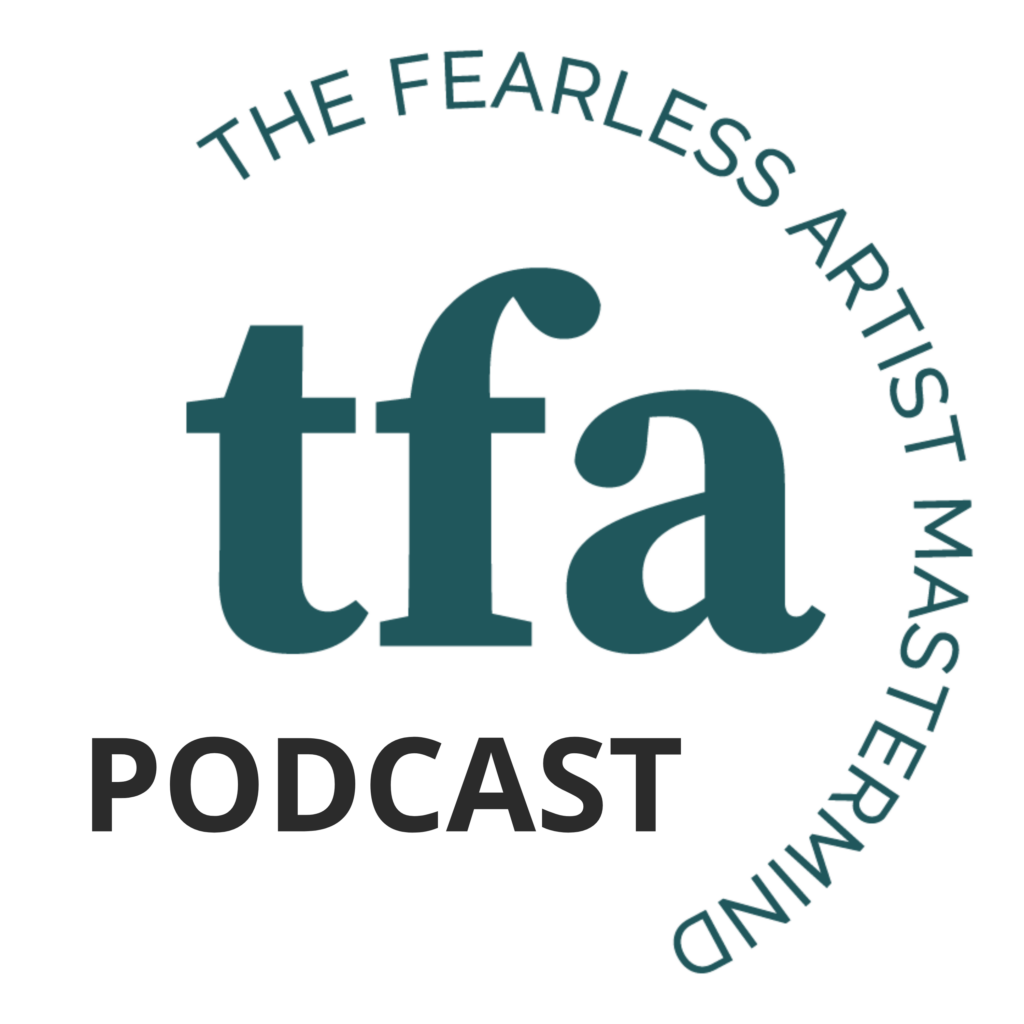How to build your brand as a musician

Guest:
Pieter Schoonderwoerd
Entrepreneurship Educator | YourJazzCareer.com
From drumteacher, director of a jazz organization, programmer at a large music venue, artist career coach, non-profit board member, cultural economist, and music entrepreneurship lecturer at several Dutch conservatories. After 15+ years as a professional in the Dutch music sector in a variety of roles, I realized I have a gift for combining creative thinking with strategic clarity. It helped me increase visitor attendance by 300% at Jazz Maastricht, and successfully applied to 20+ Dutch funds for support, including FPK, Pr Bernhard Cultuurfonds, AFK, VSB Fonds, BNG Cultuurfonds, Stg. Zabawas and Stg. Dioraphte started several companies and helped probably 995+ emerging artists build sustainable music careers.
Some see me as a coach, others as a fundraiser, an endangered few as a musician, and the international jazz world knows me as chair of the VNJJ. I describe myself as a “Possibilist” – I think in and make artistic and business possibilities happen.

Subscribe to The Fearless Artist Podcast
Intro/Outro music by Michelle Lynne • Episode produced by phMediaStudio, LLC
